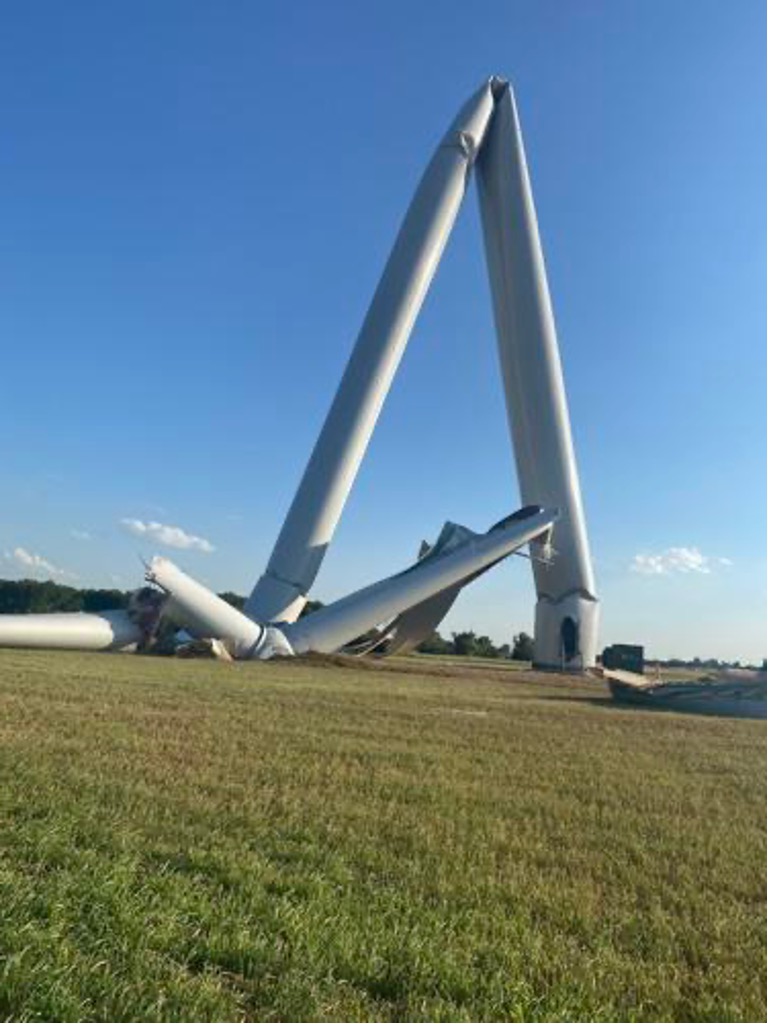The problem should be of foremost concern to advocates of Renewable Energy. Wind power forms the primary basis of their hopes, yet wind power receives poor marks when graded for efficiency and economy. Wind power cannot compete with other sources of power without the support of incentives and subsidies granted through public policy, but such policy is vulnerable to shifts in the political wind. Hence, wind power investments entail a degree of political risk, especially if public policy promotes wind power over more efficient, and less costly, sources of power. Such policy leads to higher prices for electricity and many consumers, particularly industrial consumers, chafe against this. Those who object to the inflated electricity costs are not without influence. Thus, manufacturers threaten to emigrate from Germany over such issues, and the Green Party there has suffered disastrous defeat in the latest pollings ( See Bloomberg Aug 1, 2024, “Four in Ten German Manufacturers Eye Move Abroad on Energy Costs”).
Other clouds are gathering on the horizon of the wind power industry. One such cloud is the snow-balling issue of decommissioning. This involves the costly dismantling of worn-out wind turbines and disposal of the giant blades. Decommissioning levies a huge tax on wind farm returns, these being skimpy to begin with and shrinking considerably through the cost of decommissioning. The unhappy owners of a wind farm, some twenty years after getting in, find that getting out brings one more lesson in the economics of wind power.




More lessons in wind power. Such fires are usually due to overheating of the reduction gears. The collapsed turbine suffered structural failure, which has various causes.